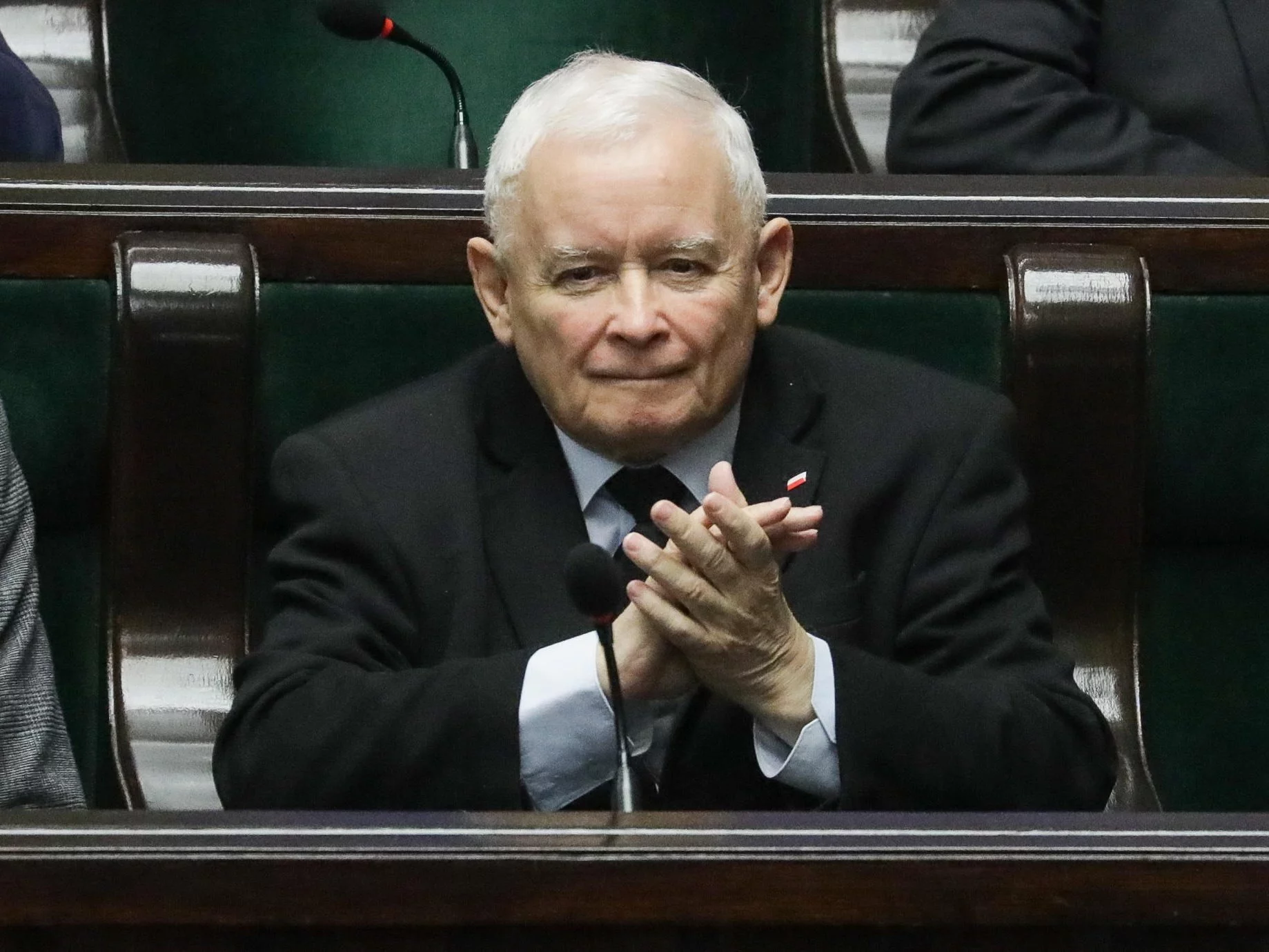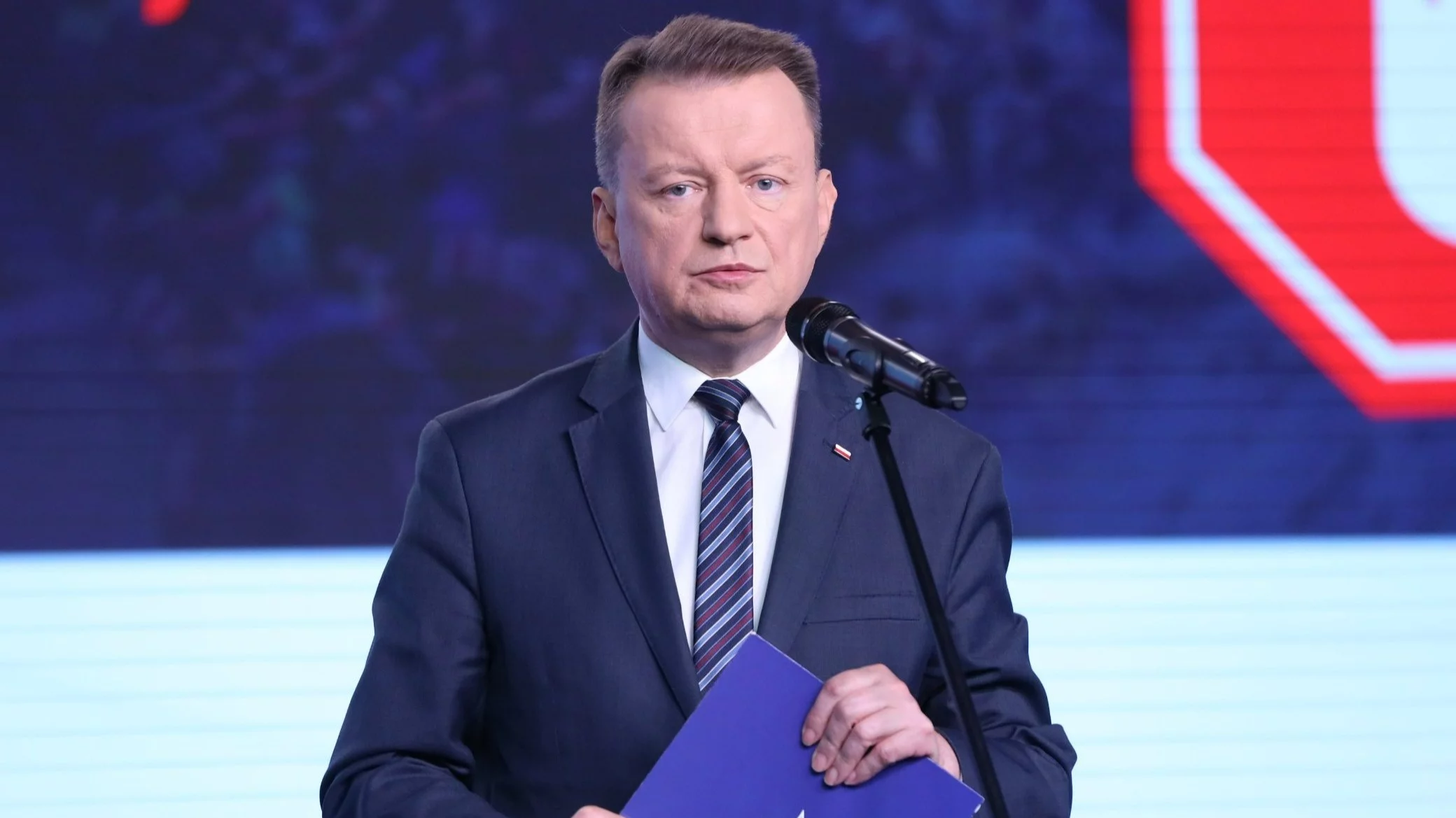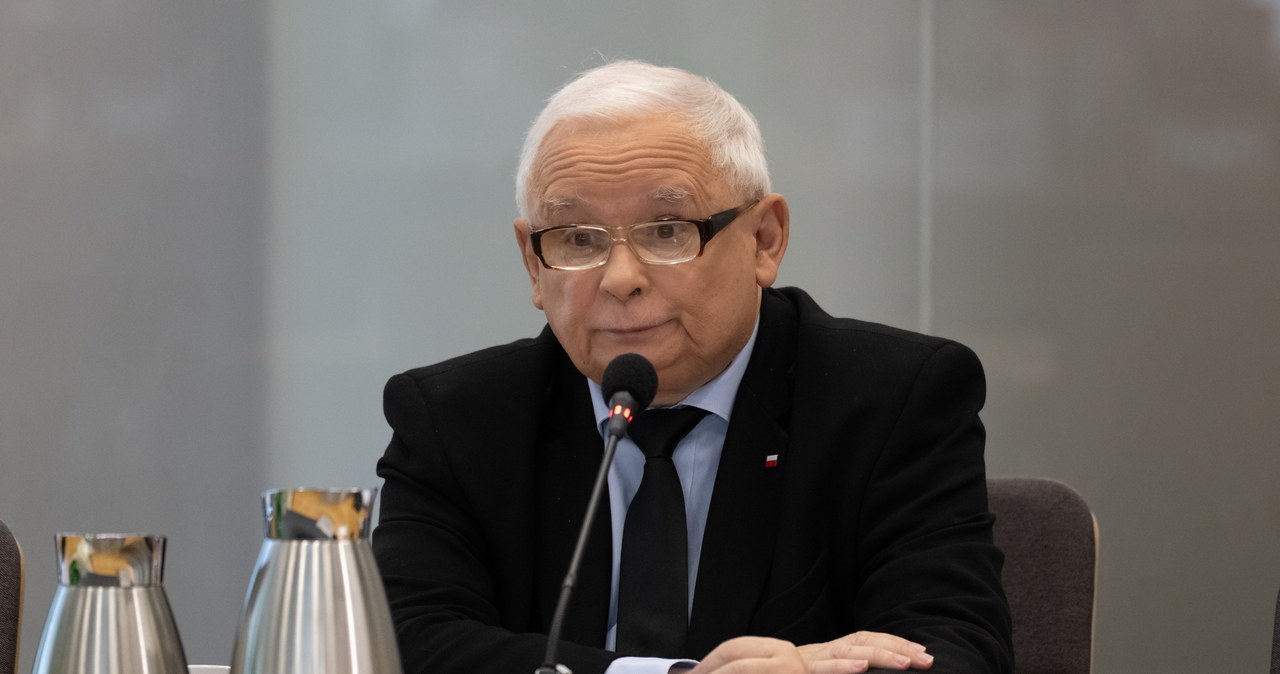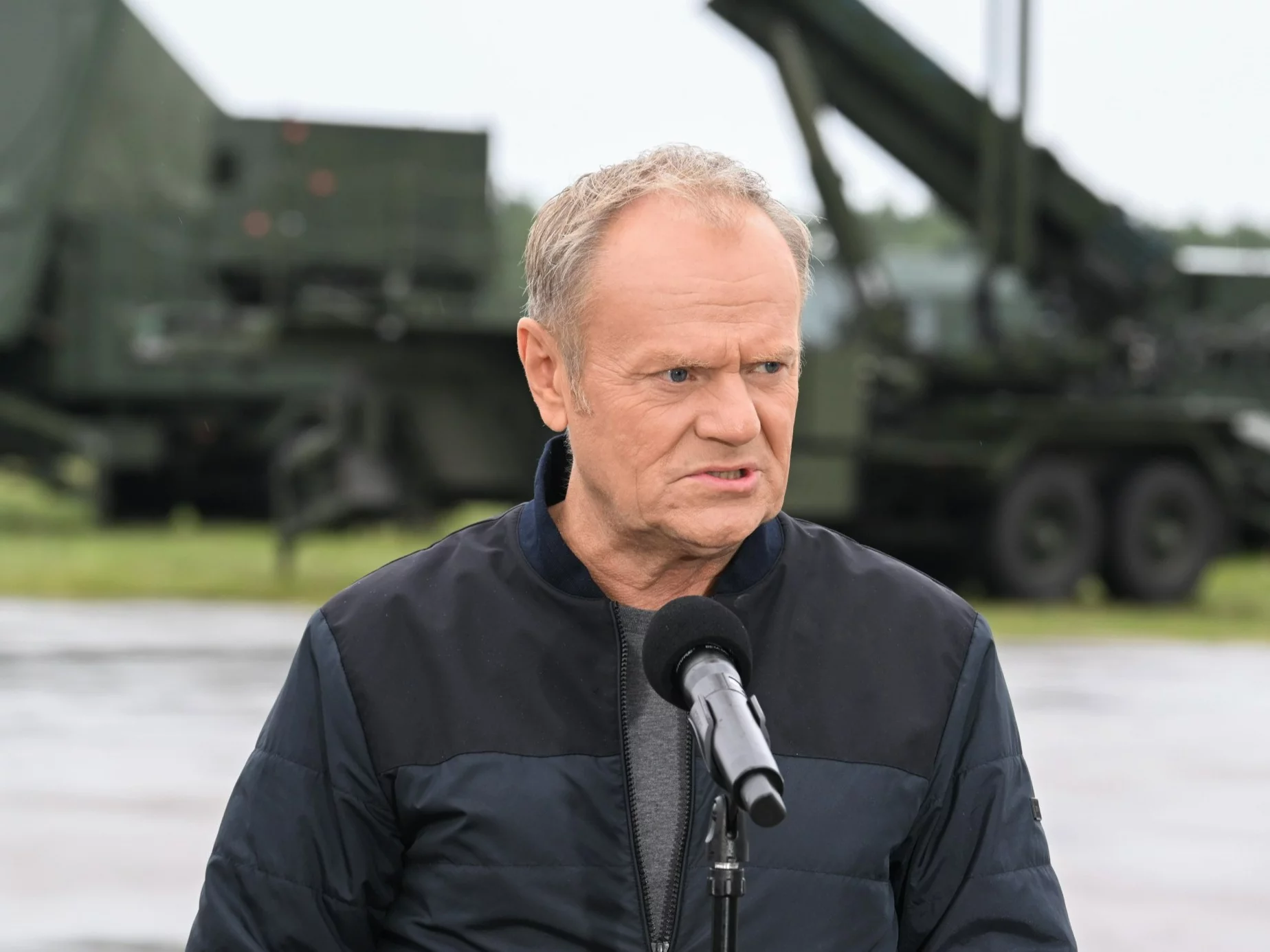On August 24, 1942, around 8:30 p.m., the blade of the guillotine fell in the courtyard of Dresden Landgericht. Czesław Jóźwiak, Edward Kaźmierski, Franciszek Kęsy, Edward Klini and Jarogniew Wojciechowski died – 5 friends from the Salesian oratory in Poznań. Their letters on death row – peaceful, faith-absorbed – present sound like short catechisms of courage. Connected by Wronecka 9, they passed through Fort VII, Wronki, Berlin-Neukölln and Zwickau before reaching Dresden.
Their way coincides with the past of the National Combat Organization, formed on 16 November 1939 in Poznań – 1 of the most crucial structures of conspiracy on incarnate lands. So the anniversary of the execution is not just a calendar memory, but a question about the origin of their fortitude and the sense of memory.
National Combat Organization – genesis, structure, activity and breakdown
The National Combat Organization was created very early for the business reality: on 16 November 1939 in Poznań, in the ellipse of prewar activists of the National Party. The first commandant was Antoni Wolniewicz (ps. “Marian”, “Znicz”, “Balt”, “Mróz”) and his deputy-res. Stefan Chojnacki (“Grom”) and Captain-Res. Antoni Popiela (“Mahoń”). The staff shared the responsibility: the finances were entrusted to Bolesław Koteras, the economical affairs of Józef Przybyle, the organizational and planning affairs of Jerzy Kurpisz (Orlik), and the propaganda was conducted by Zenon Ciemniewski (Modrzew), later agent of the Gestapo, Marian Frankowski and Albin Smolanowicz. In the first months, the names “Polish Defence” and “Polish Defenders” were besides used. The scope of activities was extended to the full Western lands incorporated into the Reich, with a peculiarly strong centre in Wielkopolska.
Already in December 1939 Wolniewicz went to Warsaw to study on the formation of the organization and get guidelines. president of SN Mieczysław Trajdos and Chief Military Organization (later National Military Organization) cf. Bolesław Kozubowski accepted the NOB and subjected it to the OW as an autonomous part intended for lands incorporated into the Reich. At the same time, Wolniewicz was sworn in as president of Wielkopolska SN, with the task of coordinating and supervising structures in the region. This movement provided the recently formed political-military organization with legitimacy and channels of communication with the national centre of the Polish Underground State.
The Regulations of 1 September 1940 became a key paper to order the operation of the NOB. It defined NOB as a unified organization of military, political and social character, embedded in a national thought derived from the All-Polish Movement. The goal was widely formulated: a multi-directional conflict for liberation, the self-defence of society, education according to the national idea, with a clear condemnation of partyation, communism, socialism and sanity, and the postulate of building the “Great National and Catholic Poland”. The executive body was the staff, mostly divided into 2 pillars: military and civil-political.
In practice, the two-piercing model translated into a clear division of tasks. The military staff, composed of a military chief, police chief, intelligence chief, and conspiracy chief, led operations, sharing into militant and safety groups. Parallel civilian staff were composed of: the head of socio-political affairs, the head of administration, the head of propaganda and the head of economical and administrative affairs. A akin plan was envisaged for units subordinate to the Western territory Command to guarantee consistency of command and duplication of best practice at lower levels. At the same time, the territorial division was defined: Districts (corresponding to pre-war voivodships), Rejony (3–5 powiats plus the city of Poznań), Regional Commands, Municipalities and yet Piątek as basic labour cells.
Parallel to the orderlying of structures, the management of the Western territory office of SN and NOB (May 1940) has stabilised. The squad included, among others, Dr. Stefan Piotrowski (advisor of political affairs), Hieronim Szybowicz (Administrative Department), Józefat Sikorski (Economic Department), Marian Frankowski (Propaganda), Jerzy Kurpis (Graphical Department), Bolesław Koteras (finance), Fr. Julian Mirochna (Social Care) and Major Tomasz Stengert as military advisor. This agreement exposes the ambition of conducting a full conspiracy policy: from information, printing and propaganda to concern for the social background of the families involved.
An crucial strengthening of the NOB was the inclusion (attaining separateness) of the Organization of National Unity in early 1940. It was led by Lieutenant Antoni Strzelczyk ("Kazik", "Kazimierz") and Major Tomasz Stengert ("Siwy") as a military commander, including Antoni Lutosławski, Fr Julian Mirochna, Marian Karnage and Fr Stanisław Zaborowicz. OJN besides conducted publishing activities: the writings “National Unity” and “National Army” were printed in the Franciscan monastery in Kalisz (the publisher was Fr Mirochna), and the area of activity included Kaliski, Kępiński, Koninski, Kolski, Ostrowski and Turkish districts. The integration of the OJN under the NOB umbrella strengthened the political and propaganda level in the field, especially where the SN network had strong pre-war facilities.
Estimates of the number of NOBs are advanced for occupying conditions: 30–35 1000 members, with about 1 3rd operating in Poznań. Despite the perfect reserve against the Armed Forces Union, in practice there was cooperation; the collaboration of the sabotage group Antoni Kopaczewski with the Poznań Union of the ZWZ Retaliation was an example. From a functional perspective, it is simply a rational choice: pooling resources and exchanging information increased the effectiveness of strokes, while limiting the duplication of risky communications channels.
The growth of structures was influenced by external factors. After 8 October 1939, Wielkopolska was located in the Warta Country – an area of intense depolonization: depriving of rights, confiscation, displacement, germanization and violent police terror. In specified an environment, the SN programme (including national, Catholic and social work) hit susceptible ground, offering both a channel of opposition and simple support to families and communities affected by repression.
At the same time, the power of NOB proved to be the origin of its fragility. The assault of the Gestapo in early December 1940 included a large part of the command staff and privates; the wave of arrests continued until December 1941, besides leading to the dissolution of the conspiracy management of the SN's General Board in Warsaw. In February 1941, Fr Julian Mirochna, as a typical of the SN, tried to rebuild the organization in Poznań, but already in March a fresh structure was broken again. In 1942–1943 the reconstruction of the National Conspiracy in Wielkopolska was undertaken by the National Military Organization, which closes the first cycle of NOB history: from fast growth, through severe despiracy, to the transfer of weight into another organizational framework.
It is worth noting that it was the rules of 1 September 1940 – designed to replicate the same architecture from the territory Command to the Fives – at the same time made the NOB smooth and vulnerable. The advantage was the anticipation of conducting integrated operations: the interview worked side by side with propaganda and social welfare, and the administration merged logistics. A disadvantage – multiplying possible breakpoints: arrests at 1 level could “pull” upwards and downwards further grid nodes. In the realities of the incarnate lands, where a police camera acted faster and more violently than in the General Governorate, the effects of specified a cascade were peculiarly severe.
The balance of NOB activity can so be summarised in respective axes. Firstly, it was a large-scale organization, able to get tens of thousands of people into work in a short time and keep a dense executive network in Poznań. Secondly, it combined military and civil-social competences, which corresponded to the needs of the people subject to force from the list of nationalities, displacements and property robbery. Thirdly, applicable pragmatism broke the ideological animosities – hence cooperation with the OGM in sabotage actions. Fourth, the effect of scale and structure duplication increased the cost of error: 1 crack could uncover full segments of the conspiracy.
The past of NOB is simply a framework for knowing the destiny of young pupils of the Salesian oratory in Poznań. It was in the shadow of the expansion and subsequent breakdown of this organization that the conspiracy road of 5 friends, who were drawn into the whirl of investigations and trials conducted with utmost ruthlessness on the incarnate lands.
Proceedings of Poznań Friday
Before they entered the conspiracy, they learned community and work at Wroniecka 9. The Salesian Oratory acted like a second home – a place of fun, singing, theatre and average presence of educators. “In fact, I have 2 houses – 1 in Łąkowa, the another in Wroniecka 9” – Edward Kazmierski noted, aptly grasping this climate. At the turn of the 1920 ’ s and 1930 ’ s, about 300 boys aged between 10 and eighteen years were there, building a dense network of bonds. After 8 October 1939, in the realities of the Warta Country, the oratory was closed, and the youth were forced to work, but the memory of that formation did not fade, was moral capital during the trial.
The war came rapidly and violently. Czesław Jóżwiak, the strongest leader, set out as a volunteer – fought under the Crown and over the Bzura; after the division was broken up, he returned to Poznań in civilians. The others attempted to join the army and participated in youth demonstrations demanding the defence of the city; they yet returned home after a temporary halt and escape. This experience – the desire to act and at the same time powerlessness towards military facts – pushed them towards conspiracy.
In early 1940, Lech Masłowski played a key role, who organized the scouting at NOB and contacted Jóźwiak. Czesław accepted the nickname “Peter” and became commander of the five; he took an oath from his friends. Pseudonyms completed the conspiracy identity: Jarogniew Wojciechowski as “Ryszard”, Franciszek Kęsy as “Sęp”, Edward Klini as “Ziuk”, and Edward Kaźmierski as “Orkan”. The oath ceremony itself – in a ellipse of trusted, after years of working together in the oratory – cemented the group more than a dry order.
The scope of the tasks met the needs of the city covered by the terrorist administration. 5 led to the designation of German troops stationed in Poznań, especially Luftwaffe located in the building of the erstwhile Berger gymnasium. At the same time, they sold the conspiracy letter “National Poland”, and at the interface of social life and safety they collected information about Poles seeking entry on the German national list, which in practice meant readiness to accept the volkslist. specified set tasks – reports, distribution, reflection – combined discipline with oratory ethos: sensitivity to what happens to people.
The strike came in September 1940 on the 21st day of the period of Gestapo arrested Edward Klinika; 2 days later in Staatspolizeileitstelle Posen there were Jóżwiak, Wojciechowski, Kaźmierski and Kęsy. In the first investigation, brutality was a rule, and Czesław – recognized as a leader – was peculiarly tortured. A part of a letter from the Clinic, written on September 23, sounds like a short note from the bottom of the book: "First investigation – 1 of the scariest days of my life...It’s okay. ” From the Poznań Fort VII and the prison at Mill's fate, the boys branch into a classical transport chain: first Wronki, then Berlin-Neukölln and yet Zwickau.
In Berlin they stayed briefly, but Zwickau – Osterstein Castle – proved to be an highly dense place. Work beyond force, humiliation, despair of prisoners drawn into alien machinery. The relations item the image of physical work “tangled” virtually in wagons, while maintaining consistent peace and serenity by leaders of Poznań youth. This speech – not bravado, but self-control – distinguishes their evidence among many prison stories.
According to the IPN's findings on 31 July 1942, Landgericht Posen sentenced all 5 of them to death during the departure session in Zwickau for “preparing for treason” to the 3rd Reich. In the justification lies the language of the full state: a threat to the “security of the large German Reich” during the war. On 18 August, they were transported to Dresden and imprisoned for single purposes of death. The execution was carried out on August 24, 1942, at around 20.30 in the Landgericht courtyard – the witness was the prison chaplain Fr Franz Bänch, who wrote a short conviction that day: "Today, holy men have gone to eternity." Just before they died, the convicts infused the song.
The letters from the last fewer days have been preserved. They are amazingly calm, permeated by faith, without the rhetoric of hatred. Francis Kęsy, possibly the most delicate of them, wrote: “Good God takes me to Him [...] I'm going to heaven, see you.”. Edward Clinics to the Family: “Until the last moment, with my strong religion in my heart I go quietly to eternity... I ask you to pray...”. These words are not a political manifesto; they are a evidence to the formation that made them stay calm and think of others – including fellow prisoners whom they treated with respect and whom they showed help. Modern pastoralists mention that their attitude was considered unusual in the eyes of prisoners, erstwhile for holiness, but always for something “unordinary”.
If you effort to name the logic of their action from autumn 1939 to summertime 1942, it consists of 3 coherent threads. The first is the oratorial environment: relationship and discipline that made them natural leaders of their peers. The second is to enter the NOB structure, where circumstantial intelligence and colporteur tasks allowed ethos to be converted into action. The 3rd prison is adolescence in suffering: passing through Fort VII, Wronki, Neukölln and Zwickau, leading to Dresden and to letters that are read present as formulas of serene courage. This continuity can be seen in all step: from pseudonyms and oaths, through reports of the Luftwaffe, to a song infused before the guillotine.
In this sense, Poznań Friday's activity was not an episode separated from the context. It was organically related to NOB dynamics in the Warta Country. Their arrests are part of a wider wave of deconspiration, and the accusations of treason show how aggressively German justice apparatus treated all forms of Polish subjectivity. Yet, erstwhile you look at their letters and the evidence from the cell, you can see clearly that the core of the actions (also the most hard ones) had a feature that could not destruct terror: faithfulness, responsibility, and willingness to serve, formed yet in the oratory. Therefore, the communicative of their conspiracy is not so much a legal act as a evidence – and it works most in memory.
Characteristics of the 5 Blessed
Czesław Józwiak (1919–1942)
Born 7 September 1919 in Łażyna close Bydgoszcz; from 1930 in Poznań, where he rapidly grew up to be a natural leader of the Oratory at Wroniecka. He organized competitions, played in performances and choirs, was able to focus the younger ones around him, telling them Sienkiewicz – it was not just enthusiasm, it was a common pedagogy in practice. In September 1939, as a volunteer, he fought under the Crown and over Bzura, returning to Poznań after the division was broken up. In the conspiracy he adopted the nickname “Peter” and headed the group; arrested on 23 September 1940, he underwent an highly violent investigation in Poznań, Fort VII, Wronki, Berlin-Neukölln and Zwickau. The prison witnesses remembered peace in it without appearance of bravado – a kind of quiet courage that does not request large words.
Edward Kazmierski (1919–1942)
Poznańiak from birth (1 October 1919), whose poorness interrupted junior advanced school and ordered to go to work: first “the errand boy”, then a helper in the workshop. For him, the oratory became a second home – "I have 2 houses... 1 on Łąkowa, the another at Wroniecka 9" – and a stage, due to the fact that Kazmierski was musical: piano, harmony, violin, choir, and even his own compositions. In 1939 he was not admitted to the army; he participated in demonstrations, and shortly in NOB, sworn in by Jóżwiak. In the conspiracy, he utilized the nickname "Orkan", which matched him: the energy element, but with built-in liability brake. He died in Dresden with his friends; there is no pathos in the letters – there is simple, simple tenderness and consent to destiny that does not quit dignity.
Franciszek Kęsy (1920–1942)
Born 13 November 1920 in Berlin, since childhood in Poland. He was frequently ill, he was gentle but joyful at the same time; he liked sports and stage, but above all he was a “heart” of a spiritual oratory: regular Mass and Communion, rosary, natural devotion without appeal. He dreamed of a Salesian seminar in Ląda, although his wellness prevented him. In the conspiracy, he acted as a Vulture—the nickname sounds tough, but in his case he meant work for the "circle" alternatively than predatory. His last letter is 1 of the most peaceful papers on death row: “God the good takes me to himself... I am going to heaven, see you." These are not only words of encouragement to loved ones; they are a consequence of a formation in which prayer and work go together. With this kind of weather, he went to prisons all the way to Dresden.
Edward Klinic (1919–1942)
The oldest of Five. In the origin there are 2 versions of the place of birth: 21 July 1919 in Poznań and 21 July 1919 in Bochum; this discrepancy should be noted in the editorial footnote. Memoirs paint him as calm, even shy, who thanks to the oratory opened up and gained courage in his contacts. He was the only of 5 who studied at the Salesian School (Oświęcim), later at Berger advanced School. In the conspiracy "Ziuk"; arrested at the earliest, on September 21, 1940, wrote to the household after the first hearing: "one of the scariest days of my life...". In the last letter, “with strong religion in my heart I go calmly to eternity” – there is no complaint but gratitude and a request for forgiveness. It is in these tiny sentences that we can see the character of the Clinic: discreet, alternatively quiet, but internally hard.
Jarogniew Wojciechowski (1922–1942)
The youngest, born 5 November 1922 in Poznań. Music and phase came to him with ease: piano, choir, amateur acting, and even his own compositional rehearsals. In September 1939 he fought over Bzura; after defeat he returned to town. In the oratory he was an altar boy and guardian of the younger on trips – tiny things that make a climate of responsibility. erstwhile Jóżwiak created five, Jarogniew adopted the nickname “Ryszard”. His figure is struck by the combination of youthful naturality and mildness; it is simply a uncommon combination, but it explains why he remained calm in prison. Wojciechowski's fates are like the short stories of the full group: concerts and theatre, scouting enthusiasm, Bzura, and then conspiracy, detention and transport. A short life, an average boy, and yet a evidence that has been – stronger than many pathetic monument.
Summary
The anniversary of August 24 reminds us that the destiny of Poznań Friday was not a separate legend, but a consequence of the choices made in the realities of the Warta Country and in the framework of the NOB; it was in this matrix that their work matured, and was then tested – from arrests, by Fort VII, Wronki, Berlin and Zwickau, to Dresden Guillotin at 8.30 p.m. In letters from the cell there is no pathos, there is simply a calm consent and concern for the loved ones; this speech builds memory stronger than monuments. Beatification in 1999 closed the past of the certificate and opened its further educational dimension – from the parish to the school bearing their name.
Tomasz Kavalec











